Uses and characteristics of manual butterfly valve (3)
Features of manual butterfly valve:
The butterfly valve opening and closing part is a disc-shaped butterfly plate, which rotates around its own axis in the valve body to achieve opening and closing or adjustment of the valve is called a butterfly valve. The butterfly valve is usually less than 900 from fully open to fully closed. The butterfly valve and the butterfly rod
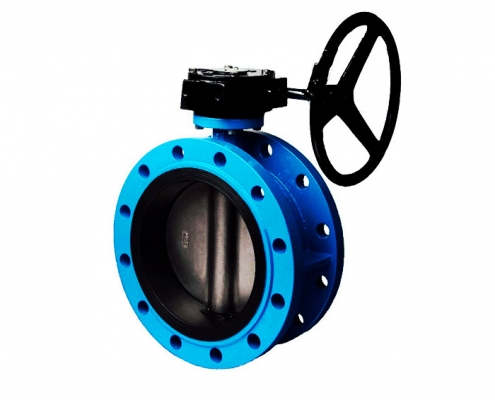
Double flange butterfly valve (7)
themselves are not self-locking. For the positioning of the butterfly plate, a worm gear reducer must be installed on the valve rod. The use of worm gear reducer can not only make the butterfly plate have self-locking ability, make the butterfly plate stop at any position, but also improve the operation performance of the valve. Industrial-specific butterfly valves are characterized by high temperature resistance, high applicable pressure range, large nominal diameter of the valve, the valve body is made of carbon steel, and the sealing ring of the valve plate uses a metal ring instead of a rubber ring. Large high-temperature butterfly valves are manufactured by welding steel plates, and are mainly used for flue ducts and gas pipes for high-temperature media.
Advantages of manual butterfly valve:
The opening and closing is convenient and rapid, labor-saving, low fluid resistance, and can be operated frequently. Simple structure, small size and light weight. Mud can be transported, with the least accumulation of liquid at the pipe mouth. Under low pressure, good sealing can be achieved. Good adjustment performance.
Disadvantages of manual butterfly valves:
1. Use pressure and working temperature range are small.
2. Poor airtightness.
Classification of manufal butterfly valve:
According to the structure, it can be divided into offset plate type, vertical plate type, inclined plate type and lever type. According to the sealing form, it can be divided into two types: soft sealing type and hard sealing type. The soft seal type generally uses a rubber ring seal, and the hard seal type generally uses a metal ring seal. According to the connection type, it can be divided into flange connection and wafer connection; according to the transmission mode, it can be divided into manual, gear transmission, pneumatic, hydraulic and electric.
TH Valve is a professional manufacturer of butterfly valve, gate valve, check valve, globe valve, knife gate valve, ball valve with API, JIS, DIN standard, used in Oil, Gas, Marine industry, Water supply and drainage, fire fighting, shipbuilding, water treatment and other systems, with Nominal Diameter of DN50 to DN1200, NBR/EPDM/VITON, Certificates & Approvals: DNV-GL, Lloyds, DNV, BV, API, ABS, CCS. Standards: EN 593, API609, API6D
related news /knowledge: Uses and characteristics of manual butterfly valve (1); Uses and characteristics of manual butterfly valve (2); Uses and characteristics of manual butterfly valve (4).

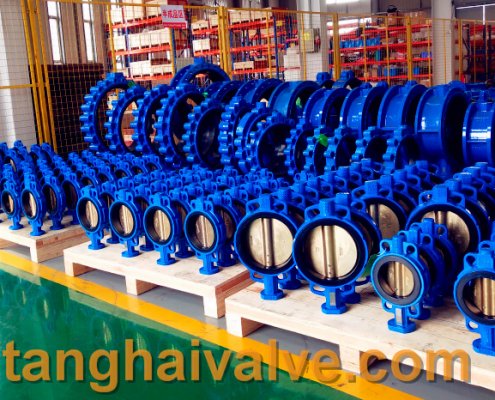
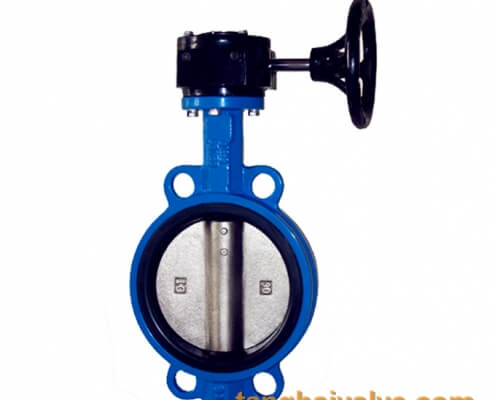
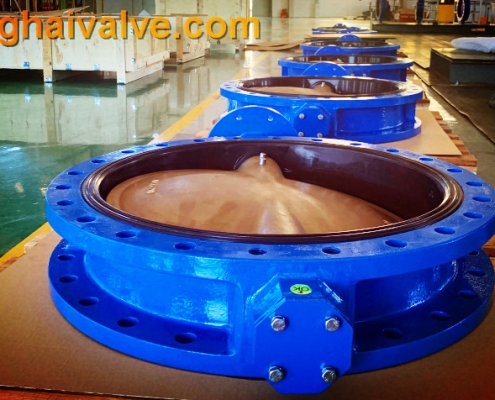
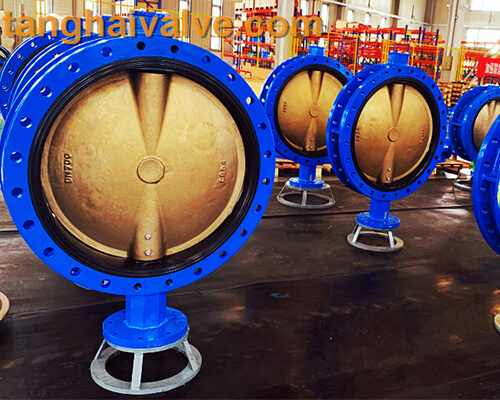


 © Copyright 2020 Tianjin Tanghaidongyang Valve Co., Ltd. All Rights Reserved.
© Copyright 2020 Tianjin Tanghaidongyang Valve Co., Ltd. All Rights Reserved.